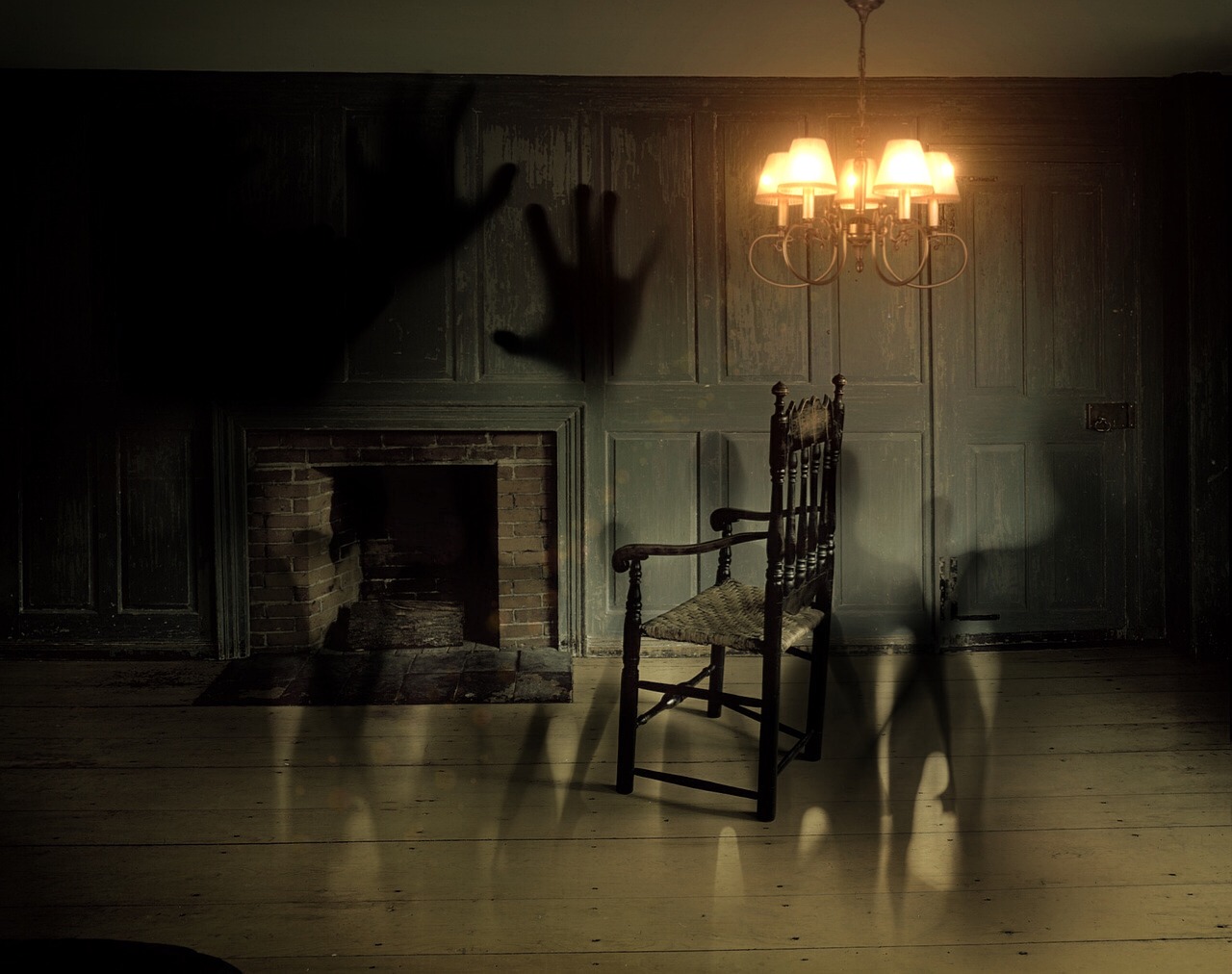A hybrid―neither fully one, nor the other, but inheriting something from each parent. Yet persuading themselves, out of the necessity of coping, that they are one or the other.
 Nigel Pocock
Nigel Pocock
Under Caribbean slavery, the mixed-race people looked ‘upwards’ (ironically so-called), towards the white plantocracy. Today mixed race people look ‘downwards’ (in the eyes of some) towards blackness. An ironic reversal of the ‘one-drop rule’? Both are forms of coping with racism, under pressure from notions of ‘ideal beauty’. In doing this, they attempt to provide an answer, however unsatisfactory it may be, to the question: “Who am I?”
Notions of White Supremacy run deep. We might think of Michael ‘Cake Soap’ Jackson, trying desperately to remove his black skin. The ‘oreo’ is a term of contempt. Such people are despised by many.
They are driven by a lack of self- love and self-acceptance. How does the mixed-race person know in which direction to turn? Social pressure? Escape from shame? With whom do I identify?
Physical appearance, and the values attached to that, are everything. Almost. If you are also macho, might this help? Macho is driven by a high self-esteem that is threatened. The macho can never admit to any weakness whatsoever.
Their women long for openness from their macho man. But they cannot open up about their battles. The relationship fails. The macho man moves on. Another relationship. Another failure. More dysfunctionality. More family failure. More dysfunctional parenting. More male crime. Violence. Frustration. David Cameron’s infamous prison in Jamaica. Treating symptoms, but not causes.
 Sadly, as a coping and perpetuating mechanism―people legitimate their behaviour. They cannot cope (sic) with cognitive dissonance. What then of other ‘hybrids’, those of gender?
Sadly, as a coping and perpetuating mechanism―people legitimate their behaviour. They cannot cope (sic) with cognitive dissonance. What then of other ‘hybrids’, those of gender?
As with racial hybrids, the emphasis is almost entirely on physical appearance.
A black person may conceivably be 80% ‘white’ in terms of their DNA. However, appearance governs social categories, not DNA. Appearance determines personal social acceptance, and by which group. Or otherwise. For gender hybrids this may not be physically evident in quite the same way as dark skin, but it is nonetheless external, even if covered by clothes.
Wombs, ovaries, prostate glands, chromosomes and a whole lot more gender-specific biological distinctives are hidden inside the body, and do not therefore have a visual impact either on society or onto the person individually.
There will be emotional impact, but not primarily visual. Transgender influencer and Nike (the goddess of victory) model Dylan Mulvaney has reputedly had his facial bones altered by surgery to become more rounded and less angular, which exactly illustrates this point. He is otherwise biologically fully male.
 Surgery and chemicals can accomplish many things, but they cannot (yet?) change the evolutionary biology and genetics of the female pelvis (for example) carried by the trans-male. What coping strategies might thereby be on option?
Surgery and chemicals can accomplish many things, but they cannot (yet?) change the evolutionary biology and genetics of the female pelvis (for example) carried by the trans-male. What coping strategies might thereby be on option?
Shaving the pelvic bone down? Filling in the birth canal? Or the reverse?
Or, more generally―semantics―changing the meanings and definitions of words? Relativism―not of culture (which is a fact), but of truth itself (that truth is relative is itself relative, as Plato observed, thereby setting up a contradiction and literal ‘non-sense’). Political pressure groups, media, and PR?
Law and compelled behaviour, on the assumption that action changes attitudes (as race laws in the US are thought to have done)? Curtailment of free speech and critical review (including universities, or perhaps especially universities)? All these things and more?
The mixed-gender person is caught in a peculiar dilemma. Fairness under law is a given, if justice is to be a reality. But denial of reality is usually taken as a step towards poor (and immature) psychological adjustment.
Living in fantasy inhibits growth towards maturity and adjustment and problem-solving skills, particularly of novelty. It encourages the legitimations of the fantasy and its supporting ideology, as happened under slavery in the Caribbean. Thus people can try to redefine ‘reality’, which can be a struggle, as the conflicting ‘realities’ of various politicians have found to their cost. We think of Ms. Sturgeon, Mssrs. Veradker, Hipkins, and Starmer, in attempting to provide definitions of a ‘woman’―and failing.
Also self-identifying ‘trans-women’ rapists and criminals in their (female) prisons. These people all know the importance of words (and Mr. Starmer was a top lawyer)―and votes―and power.
 Is it, therefore, that there is a biological continuum, with fully biological males at one end, and fully biological females at the other, with all the other variants in between? Where there are features that are inherited and gender is ambiguous, this can be allowed for, too.
Is it, therefore, that there is a biological continuum, with fully biological males at one end, and fully biological females at the other, with all the other variants in between? Where there are features that are inherited and gender is ambiguous, this can be allowed for, too.
Chemically and surgically constructed mixed-gender people would thereby appear at points on the spectrum, depending on the relative degree of each gender (presumably points would have to be allocated to assess the degree of artificially constructed gender).
This will no doubt weigh on the side of external (cosmetic) biology, and less on internal and therefore hidden biology. By the latter, we mean the womb and childbirth, fully-functioning mammary glands, and more, of transmales; and prostate glands, semen production, and more, of transfemales.
How can these features of mixed-gender be ‘coped with’? Through a new ‘sacred canopy’ of a socially-constructed reality? But one that is delusional, because it designed to serve an ideology, and does not face physical reality?
Of course, the incipient existentialism of the 1940s (exemplified by Jean-Paul Sartre’s “L’Existentialisme est une Humanisme”, of 1946) helped―itself no doubt traceable back as far as Caxton’s printing press, and Marshall McLuhan’s famous ‘privatised view-point’. Sartre famously made clear that ‘existence precedes essence’.
 There is no human nature, except that which we construct for ourselves: “There is no reality except in action”. Man is thereby ‘condemned to be free’. People can self-identify however they wish. As males, females, frogs, flies, elephants, dinosaurs, creatures with agency, however limited this may be.
There is no human nature, except that which we construct for ourselves: “There is no reality except in action”. Man is thereby ‘condemned to be free’. People can self-identify however they wish. As males, females, frogs, flies, elephants, dinosaurs, creatures with agency, however limited this may be.
Where does this leave us? In particular, the mixed-gender person? Are they, as Sartre put it, “In consequence forlorn”, with only their instincts to guide them?
(The opinions and views are those of the author alone and do not reflect those of The Prisma. )
(Photos: Pixabay)












.jpg)












